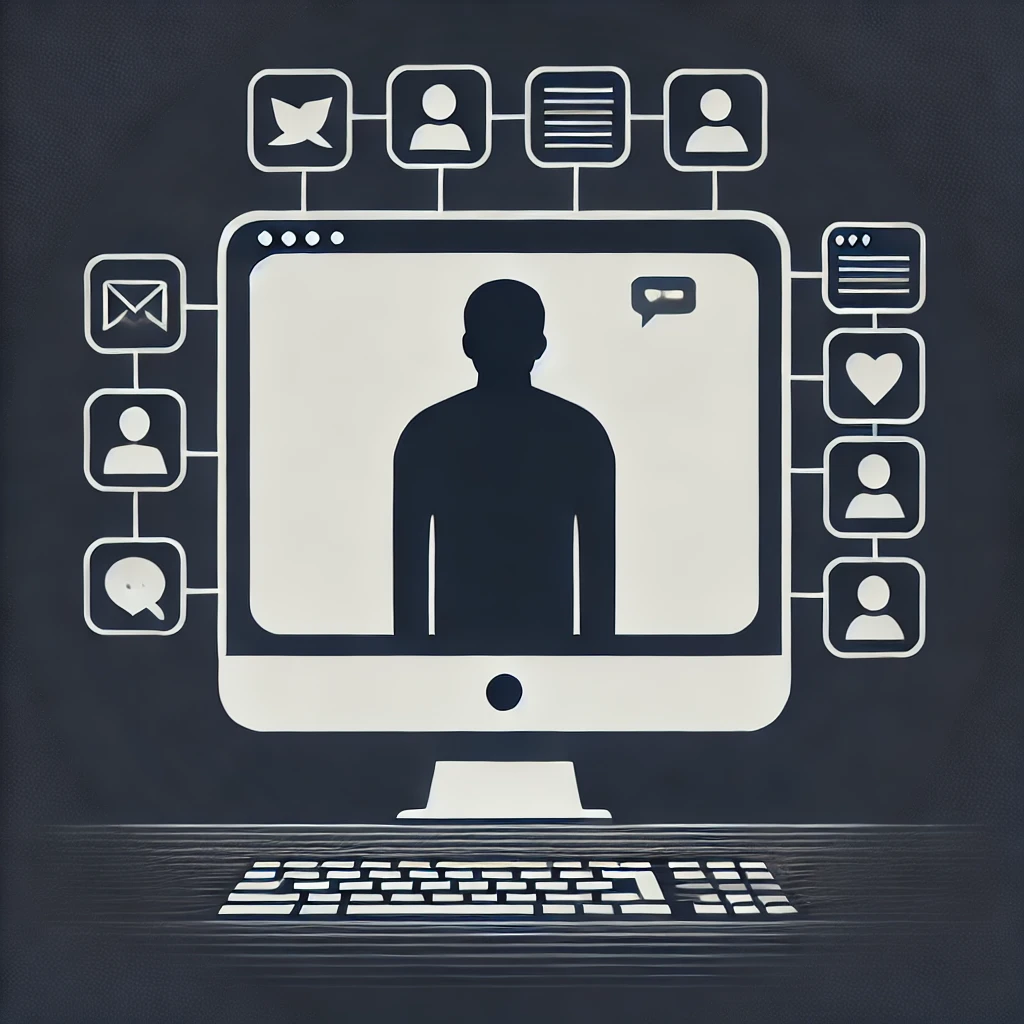In our increasingly digital world, the threat of online stalking and harassment is ever-present. These forms of abuse can range from invasive tracking to relentless messaging, all with the potential to cause serious emotional and psychological harm. This guide will walk you through the steps to protect yourself, offering practical advice and resources to maintain your privacy and security online.
Table of Contents
ToggleUnderstanding Digital Stalking and Harassment
Digital stalking and harassment occur when someone uses technology to repeatedly monitor, contact, or intimidate you. This behavior can include unwanted messages, online surveillance, spreading harmful rumors, or even threats of violence. The anonymity and vast reach of the internet can make these actions feel relentless and overwhelming.
Recognizing the Signs
The first step in protecting yourself is recognizing when you’re being targeted. Common signs of digital stalking and harassment include:
- Persistent Unwanted Communication: Repeated emails, texts, or social media messages that you’ve asked to stop.
- Monitoring Your Online Activity: The stalker might track your social media posts, check-ins, or even hacking into your accounts.
- Spreading False Information: The harasser may spread false or damaging information about you online.
- Threats or Intimidation: Direct or indirect threats made through digital channels.
Steps to Protect Yourself
- Strengthen Your Online Security
- Use Strong, Unique Passwords: Create complex passwords for all your accounts and change them regularly. Consider using a password manager to keep track of them.
- Enable Two-Factor Authentication: This adds an extra layer of security by requiring a second form of verification before accessing your account.
- Lock Down Your Privacy Settings
- Social Media Privacy: Regularly review the privacy settings on your social media accounts. Limit who can see your posts, tag you, or contact you.
- Be Cautious with Friend Requests: Only accept connections from people you know and trust. Be aware of fake accounts.
- Be Mindful of What You Share Online
- Limit Personal Information: Avoid sharing details like your location, daily routines, or personal identifiers that could be used to track you.
- Think Before You Post: Consider the potential impact of what you share and who might see it.
- Document Everything
- Save Evidence: Keep records of all communications with the harasser, including screenshots, emails, and messages. This can be crucial if you decide to report the harassment.
- Note Patterns: Document any patterns in the harassment, such as times of day or specific triggers.
- Use Reporting Tools and Block Features
- Report Abuse: Most social media platforms have tools for reporting harassment. Use them to flag abusive content or users.
- Block the Harasser: Blocking prevents the stalker from contacting you through that platform, cutting off one avenue of abuse.
Tools and Resources to Help
- VPNs: A Virtual Private Network (VPN) can help protect your online activity by masking your IP address and encrypting your internet traffic.
- Anti-Stalking Software: These tools can detect and alert you to potential threats, such as spyware on your devices.
- Secure Communication Apps: Use apps that offer end-to-end encryption for messaging and calls to ensure your communications are private.
What to Do if You’re Targeted
If you believe you are a victim of digital stalking or harassment:
- Inform Authorities: Depending on the severity of the situation, contact local law enforcement. Provide them with the evidence you’ve gathered.
- Seek Support: Reach out to organizations that specialize in helping victims of digital harassment. They can offer guidance and support.
Conclusion
Digital stalking and harassment are serious issues that require proactive measures to protect your privacy and well-being. By strengthening your online security, being cautious with what you share, and using the tools available, you can significantly reduce your risk. Remember, you’re not alone—support is available, and taking action can make a difference.




